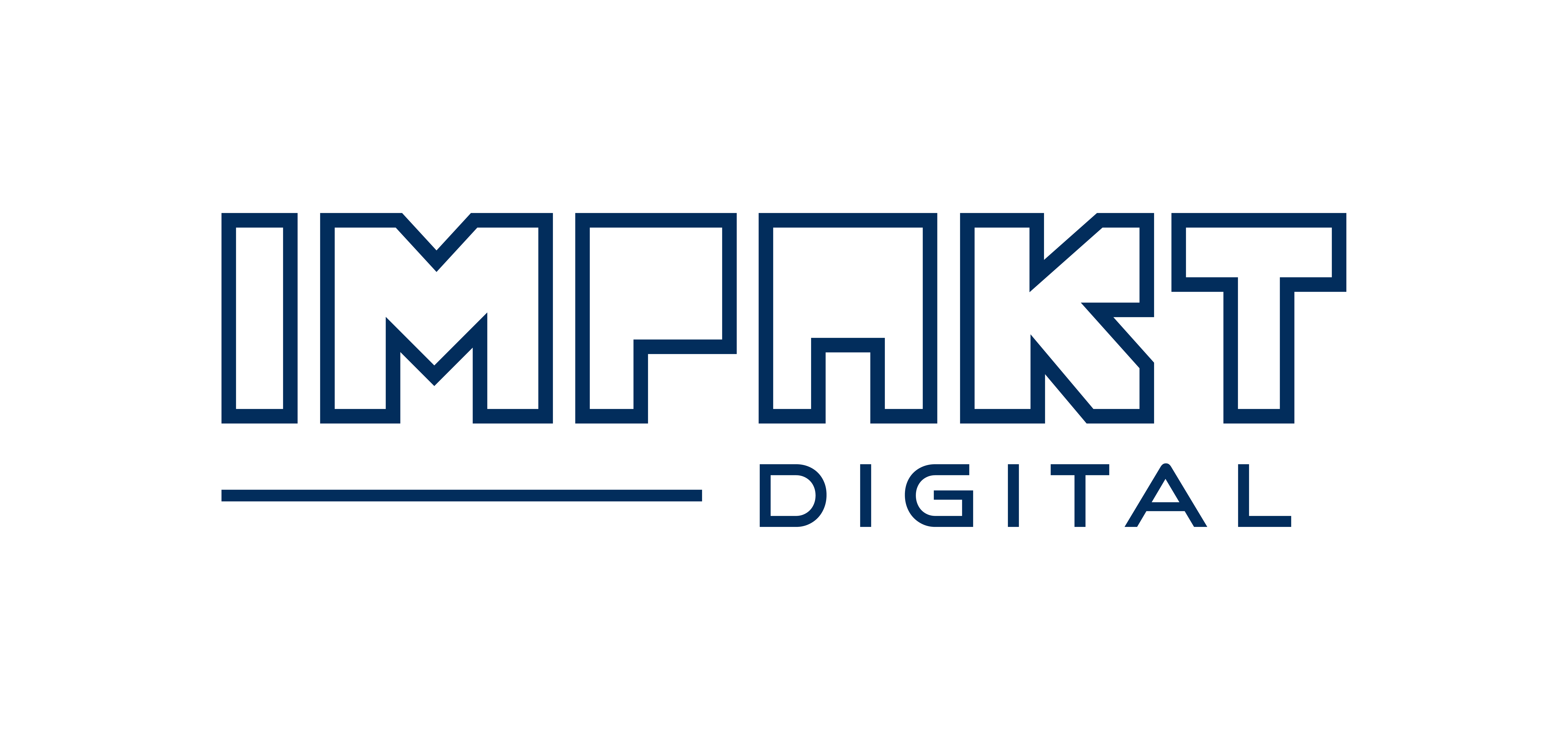
Embarking on your digital marketing journey is akin to setting sail in the vast ocean of online opportunities. Your digital marketing strategy is the compass that guides your endeavors, ensuring that your brand navigates effectively through the digital waves to reach its desired destination – an enhanced online presence, engaging customer relationships, and fruitful conversions. Let’s dive into the meticulous process of creating a compelling digital marketing strategy.
1. Set Clear and Measurable Objectives
- Define Your Goals: Identify what you aim to achieve, such as increasing website traffic, enhancing customer engagement, or boosting sales.
- SMART Criteria: Ensure your goals are Specific, Measurable, Achievable, Relevant, and Time-bound.
2. Understand Your Target Audience
- Customer Personas: Create detailed personas representing different segments of your target audience.
- Customer Journey Mapping: Identify and analyze the different stages of your customer’s journey.
3. Conduct a Thorough Market Analysis
- Competitor Analysis: Investigate your competitors’ strategies, strengths, and weaknesses.
- SWOT Analysis: Identify your Strengths, Weaknesses, Opportunities, and Threats within the digital space.
4. Establish Your Brand Presence
- Brand Identity: Ensure a consistent brand image, voice, and values across all digital platforms.
- Unique Value Proposition (UVP): Clearly communicate what sets your brand apart from the competition.
5. Choose the Right Digital Marketing Channels
- SEO: Optimize your website to enhance its visibility on search engine results pages.
- Content Marketing: Develop and share valuable content that resonates with your target audience.
- Social Media: Utilize platforms where your audience is active to engage and communicate with them.
- Email Marketing: Employ targeted email campaigns to nurture leads and retain customers.
- PPC Advertising: Leverage pay-per-click ads to drive targeted traffic to your website.
6. Craft a Content Strategy
- Content Creation: Develop content that addresses your audience’s needs, interests, and pain points.
- Content Distribution: Determine the most effective channels to distribute your content.
- Content Calendar: Create a schedule to ensure consistent content publication.
7. Implement SEO Best Practices
- Keyword Research: Identify keywords relevant to your brand, products, or services.
- On-Page SEO: Optimize your website’s content, images, and meta tags.
- Off-Page SEO: Build backlinks and establish domain authority.
8. Engage and Grow Your Audience on Social Media
- Platform Selection: Choose social media platforms that align with your audience demographics.
- Engagement: Interact with your audience through comments, messages, and participating in groups.
- Social Advertising: Utilize paid advertisements to boost your reach on social platforms.
9. Utilize Data and Analytics
- Track Performance: Utilize analytics to track the performance of your digital marketing efforts.
- Data-Driven Decisions: Make strategic decisions based on data insights.
- Adjust Strategy: Continuously optimize your strategy based on analytical findings.
10. Adapt and Evolve
- Stay Updated: Keep abreast of the latest digital marketing trends and technologies like javascript.
- Agility: Be prepared to pivot your strategy in response to changing market dynamics.
- Continuous Learning: Ensure that your team is always evolving and adapting to the digital landscape.
Conclusion
Crafting a robust digital marketing strategy is a comprehensive process that encompasses clear goal-setting, understanding your audience, establishing your brand, leveraging the right digital channels, and consistently evolving with the digital landscape. Remember that your strategy should be as dynamic as the digital world itself – flexible, adaptable, and always forward-looking. By following this detailed guide, you pave the way for your brand to sail smoothly and successfully through the digital ocean, capturing the attention and admiration of online audiences. To learn more about our projects click here.




